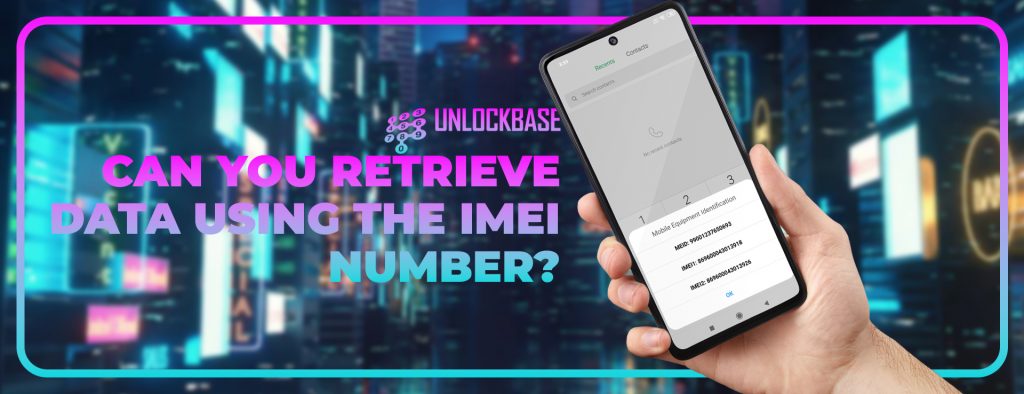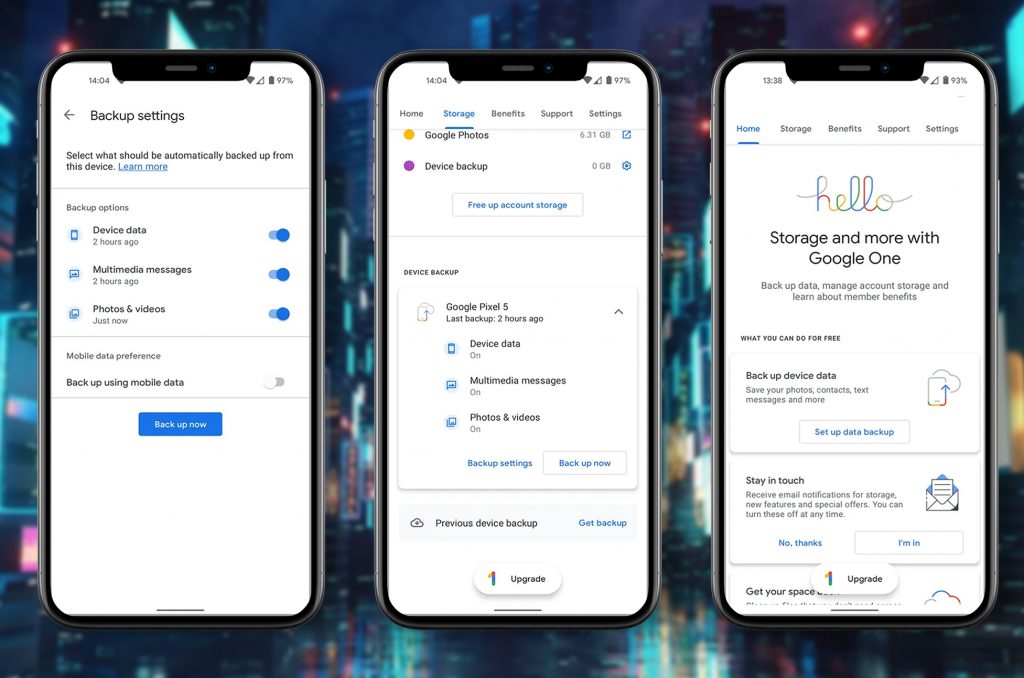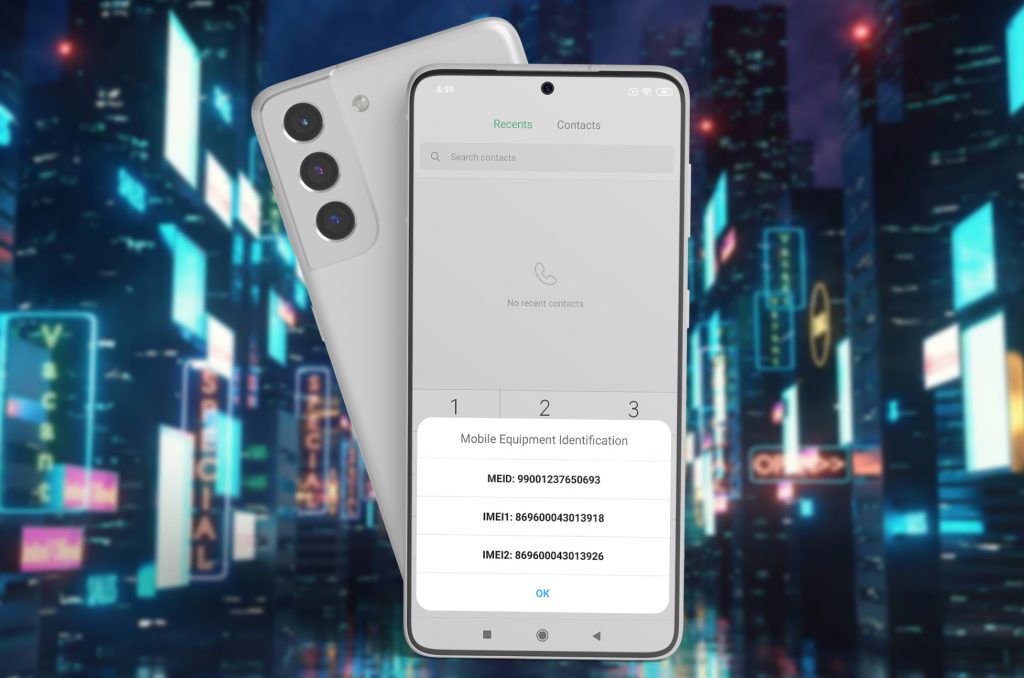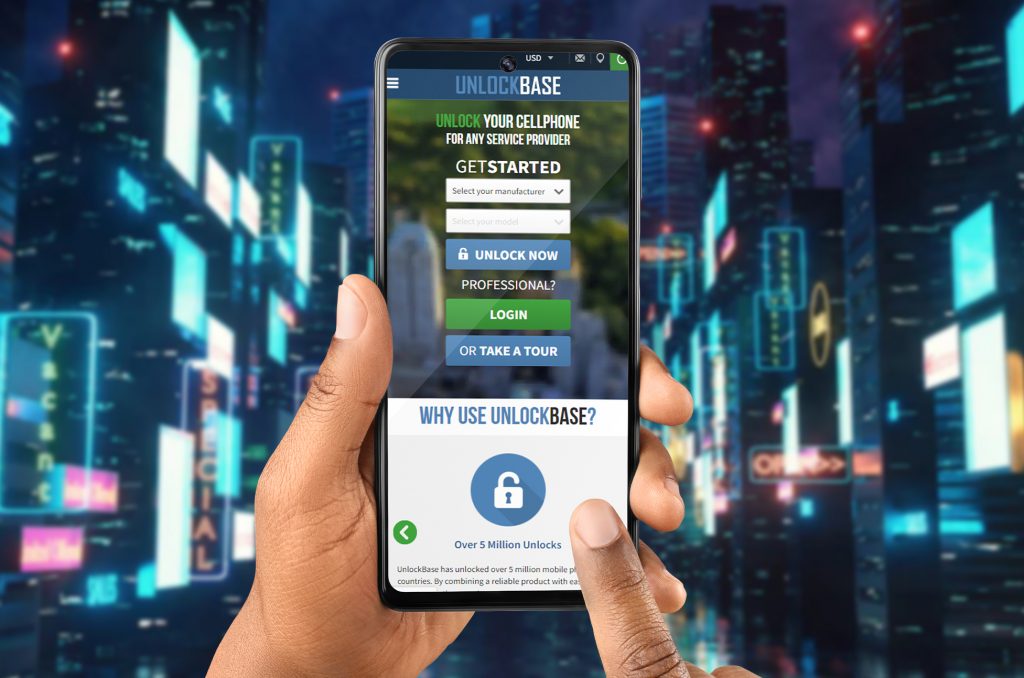2023
Can You Retrieve Data Using the IMEI Number?
IMEI Unlock, Tips
Recover data using IMEI number?
Can you Recover data using IMEI number? When it comes to losing or damaging your mobile phone, one question that may arise is whether or not it is possible to recover the data stored on the device using the IMEI number. The IMEI, or International Mobile Equipment Identity, is a unique identifier assigned to every mobile device, which helps to track the device’s location and identify it. But, can it recover the data stored on the phone?
Unfortunately, the answer is no, you cannot retrieve your data using the IMEI number alone. The IMEI number identifies and tracks the device but does not contain personal information or data. The data stored on your phone is usually stored on internal storage or a memory card, which cannot be accessed through the IMEI number.
Methods to Recover Data
Can you Recover data using IMEI number? No.
However, other methods can be employed if you need to recover the data stored on your lost or damaged phone. Here are a few options:
- Backup: If you have created a recent backup of your phone’s data, you can easily restore it to a new device. This is the simplest and quickest way to retrieve your data.
- Data Recovery Software: Many data recovery software programs available online that claim to retrieve lost data from damaged phones. These programs work by scanning the phone’s memory and retrieving any data that is still recoverable. However, there is no guarantee that all your data will be successfully retrieved.
- Professional Data Recovery Services: If you have important data that you need to recover, you can turn to professional data recovery services. These services employ specialized tools and techniques to retrieve data from damaged devices. However, these services can be expensive.

What are the purposes of IMEI?
Can you Recover data using IMEI number? No, but here are some of the key purposes of IMEI numbers:
- Device tracking: In the event of theft or loss, IMEI can assist law enforcement agencies and mobile network operators in locating and retrieving the device.
- Fraud prevention: IMEI helps prevent fraudulent activities such as cloning of devices or unauthorized use of another person’s device by allowing mobile network operators to detect such activities.
- Warranty verification: Manufacturers use IMEI to verify if a device is under warranty and to provide appropriate support and repairs.
- Software updates: IMEI is used to determine the device model and software version necessary to deliver software updates.
- Blocking stolen devices: Mobile network operators can blacklist stolen devices using their IMEI number to prevent them from being used on their network.

You can also remove your sim restriction using IMEI
It can be done by removing SIM restrictions from a device using its IMEI number. By using IMEI to remove the SIM restriction, you can make your device compatible with any carrier or network, allowing you to use the device with different SIM cards. Removing the SIM restriction can provide more flexibility and convenience when using your mobile device.
Here’s a quick guide about Unlocking your phone using IMEI and all you need to know about your unique IMEI number: https://www.unlockbase.com/blog/what-is-imei/

Conclusion
Can you Recover data using IMEI number? The IMEI number cannot be utilized to recover data from a lost or damaged phone. While it is important for tracking and identifying the device, it does not contain any personal information or data. Other methods can be used to retrieve your data, such as restoring from a backup, using data recovery software, or seeking professional data recovery services. It is always a good idea to keep a recent backup of your phone’s data to ensure that you can retrieve it in case of loss or damage.
All products, and company names, logos, and service marks (collectively the "Trademarks") displayed are registered® and/or unregistered trademarks™ of their respective owners. The authors of this web site are not sponsored by or affiliated with any of the third-party trade mark or third-party registered trade mark owners, and make no representations about them, their owners, their products or services.

Comments are closed.